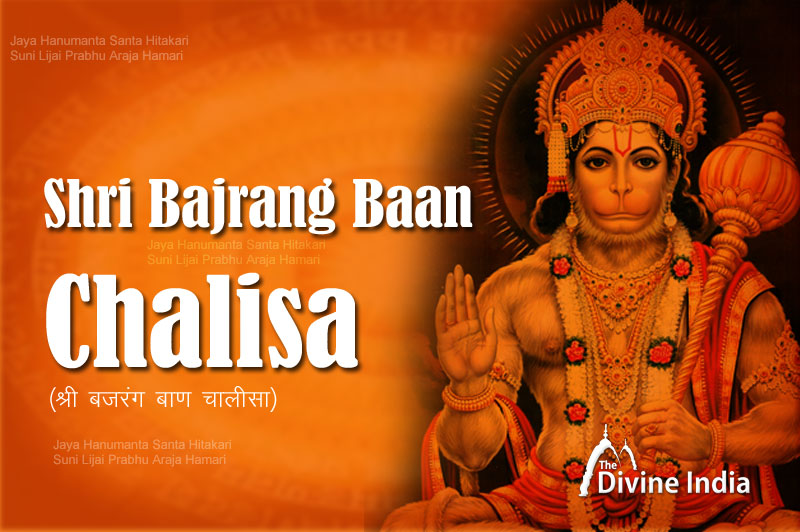

The Yamuna River, considered to be the largest tributary of India, originates from Yamunotri in Uttarakhand and meets the Ganges River at Prayagraj. The river passes through many important cities of India, including New Delhi, Agra, Etawah, Kalpi, Hamirpur and Prayag. Its major tributary rivers include Chambal, Sengar, Chhoti Sindhu, Betwa, Hindon and Ken. New Delhi, like other major cities of the world, is situated on the banks of the Yamuna River, which gives it a special cultural and historical significance.
The origin of the Yamuna River is Yamunotri, located in the Uttarkashi district of Uttarakhand. It originates from the Bandarpoonch mountain of the Himalayas, which has a height of 6,200 meters. It is also called Kalindi after the name of Kalind mountain. After leaving Yamunotri, this river enters the Doon Valley, passing through the hills and valleys of the Himalayas and then starts flowing in the plains.
The river enters the plains near Faizabad village in Saharanpur district, where its course divides several districts of Haryana and Uttar Pradesh. Two major canals—the Eastern Yamuna Canal and the Western Yamuna Canal—are drawn from the Yamuna in this region, which irrigate hundreds of miles of land.
Among the cities situated on the banks of the Yamuna, Delhi is the most prominent, which has been the capital of India for a long time. Apart from Delhi, Agra is also an important historical and cultural city situated on the banks of the Yamuna. The Taj Mahal of Agra, which is a World Heritage Site, situated on the banks of the Yamuna, further enhances the religious and cultural significance of this river.
In the Braj region, the Yamuna has special religious significance. Pilgrimage sites like Mathura and Vrindavan are situated on the banks of the Yamuna, where Lord Krishna spent his childhood. Vrindavan, situated on the banks of the Yamuna, has many major ghats and temples, where thousands of devotees come every day to bathe in the Yamuna and worship.
After this comes the famous religious and historical place of Bateshwar, where the cultural boundary of Braj ends. The ancient name of Bateshwar is 'Saurpur', which was the capital of Shur, the grandfather of Lord Shri Krishna. Bateshwar is famous for 108 temples of Lord Shiva, here Yamuna has taken a big turn, due to which Bateshwar appears like an island. A big fair of Yamuna bath is held at this place on Kartik Purnima.
The Yamuna river is considered a symbol of purity and salvation in Hinduism. It is worshipped as Goddess Yamuna, who is the daughter of Sun God and Sanjna. According to religious beliefs, bathing in the water of Yamuna destroys sins and attains salvation. In particular, Kumbh Mela is held at the confluence of Ganga and Yamuna in Prayagraj, where millions of devotees come to bathe.
In today's time, Yamuna river is facing the serious problem of pollution in Delhi and other urban areas. A large dam has been built on the Yamuna at Okhla in Delhi, which controls the flow of the river and the Agra Canal is drawn from it. However, due to increasing pollution and urbanization, the water level and quality of the Yamuna river is constantly declining.
The entire journey of the Yamuna river, from its origin to its confluence with the Ganga at Prayagraj, is a rich saga of Indian culture and history. This river is not only an important part of India's geography but is also extremely important from religious, cultural and historical point of view. Serious efforts need to be made towards protecting and preserving the Yamuna so that future generations can also understand the importance of this holy river and benefit from it.